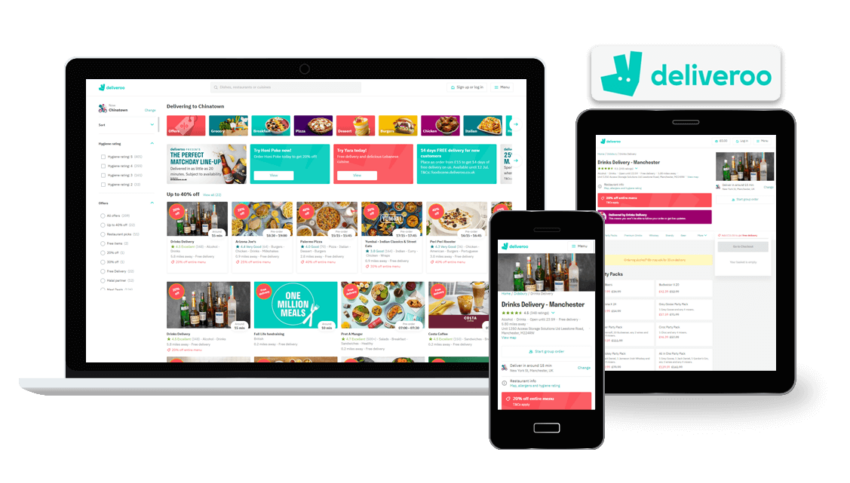In today’s digitally driven world, data has become a valuable asset for businesses looking to gain a competitive edge. Deliveroo, one of the leading food delivery platforms globally, hosts a wealth of restaurant data that can provide valuable insights for both existing restaurants and entrepreneurs looking to enter the food delivery market. In this article, we explore the benefits and methods of scraping Deliveroo restaurant data for business insights.
The Value of Deliveroo Restaurant Data
Deliveroo’s platform contains a trove of information about restaurants, their menus, pricing, customer reviews, and geographic locations. Accessing and analyzing this data can offer several advantages for businesses:
-
Competitor Analysis: By examining the data of competing restaurants, businesses can gain insights into their menus, pricing strategies, and customer reviews. This information can help identify gaps in the market and areas for improvement.
-
Market Trends: Tracking data over time can reveal emerging food trends and customer preferences. This knowledge can guide menu adjustments and marketing efforts to align with current consumer demands.
-
Pricing Strategy: Analyzing menu item pricing across different restaurants can help businesses set competitive prices and adjust them in real-time to stay competitive.
-
Customer Insights: Scrutinizing customer reviews can provide valuable feedback on what customers like and dislike about various restaurants. This feedback can inform menu changes and enhance the overall customer experience.
-
Location Strategy: Data on restaurant locations and delivery areas can assist businesses in making informed decisions about where to open new locations or expand delivery services.
Scraping Deliveroo Restaurant Data: Methods and Considerations
To scrape Deliveroo restaurant data for business insights, one can follow these steps:
-
Authorization: Start by obtaining proper authorization from Deliveroo to access their data. This often involves registering your application and receiving an API key or utilizing web scraping techniques that comply with Deliveroo’s terms of service.
-
Data Sources: Determine the specific data sources you need, such as restaurant details, menu items, pricing, customer reviews, and geographical data. Different web scraping tools and scripts may be required to extract each type of data.
-
Web Scraping Tools: Use web scraping tools, libraries, or scripts to extract data from Deliveroo’s website. Python libraries like BeautifulSoup and Scrapy are commonly used for web scraping.
-
Data Cleansing: After scraping the data, it may require cleaning and structuring to make it usable for analysis. This can involve removing duplicates, formatting, and transforming data into a consistent format.
-
Data Storage: Decide where and how you will store the scraped data. It can be stored in databases, spreadsheets, or cloud-based storage systems.
-
Data Analysis: Utilize data analysis tools and techniques to gain actionable insights from the scraped data. Visualization tools can help in presenting findings clearly.
-
Ethical Considerations: Ensure that your web scraping activities comply with Deliveroo’s terms of service and respect legal and ethical standards related to data privacy.
-
Scraping Frequency: Keep in mind that web scraping should be done responsibly and not excessively to avoid overloading Deliveroo’s servers or violating their terms of use.
Conclusion
Scraping Deliveroo restaurant data can be a valuable strategy for businesses in the food delivery industry. It provides a wealth of information that can inform decisions related to menu optimization, pricing strategies, location planning, and customer satisfaction. However, it’s crucial to approach data scraping ethically and within the bounds of legal and platform-specific terms of service. With the right data and analysis, businesses can unlock valuable insights to stay competitive and meet customer demands effectively in the dynamic world of food delivery.


